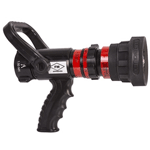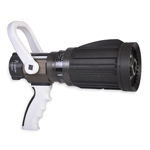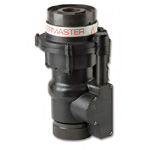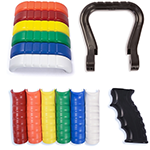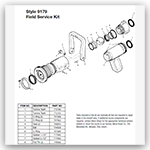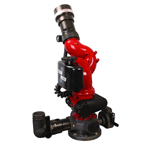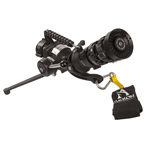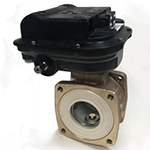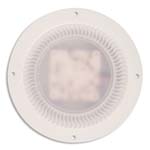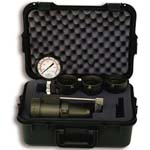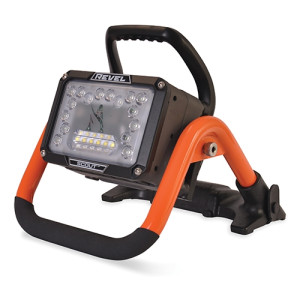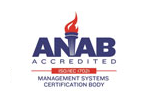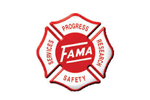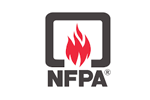- You have no items in your cart.
Case Study - Hunter Valley Operations, Rio Tinto Coal Australia
Ray Davis, Truck Maintenance Planner or Neil Smith, Maintenance Manager
The Hunter Valley Operations in New South Wales, Australia, include four open pit coal mines that run around the clock, seven days a week. Downtime for critical equipment is unacceptable. That’s why Akron Brass worked with the mining company to install a new water cannon that can stand up to the severe conditions found in the pits.
Open pit mining generates large volumes of dust. To maintain an acceptable working environment, the mine operates a fleet of six large watercarts, or tankers, to keep the roads and working areas damp. If the watercarts are not available because of maintenance problems, production must be shut down because of excessive dust in the air. The watercarts also provide critical fire protection for the multi-million dollar equipment operating in the pits.
Each watercart is outfitted with a spray bar and two remote-controlled water cannons, or monitors, 1 on front and 1 on at the rear of the machine. The cannons are controlled by the operator and are used to wet down areas off the main roadways, as well as for firefighting. Previous cannons had exposed drive gears, which were frequently jammed by mud that was thrown up from the rear tires. The mine estimated it was losing approximately 30 minutes in a 24-hour period because of repeated failures of the water cannons.
To address this problem, Akron Brass proposed installing the Akron Severe Duty water cannon with internal gear mechanism and a fully sealed drive for a trial. If the cannon worked without failure or maintenance, the mine agreed to purchase a unit for a second, longer trial with the intent of eventually retrofitting the other cannons.
The original Akron Severe Duty cannon was installed in February 2006 and operated for 12 months without requiring any form of maintenance. As a result, the mine subsequently purchased several more. The company estimates it saved over AUD$100,000 in the first year because of reduced maintenance costs, no unplanned closures of portions of the mine, no environmental exposures, and no lapse in fire protection.

